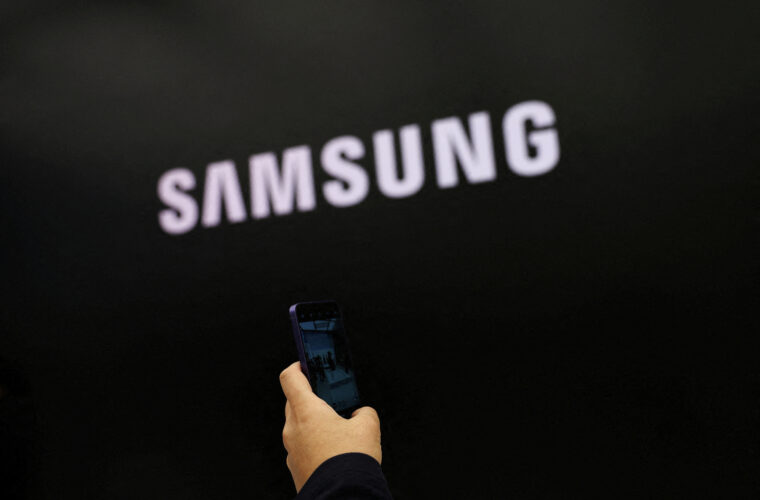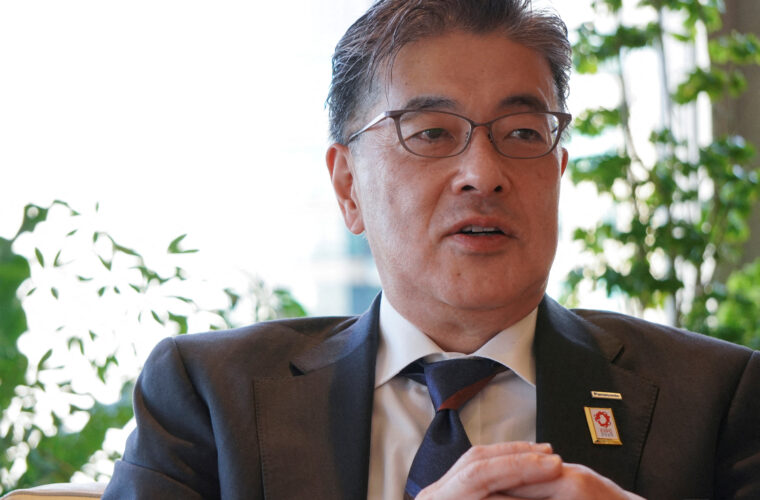The experiment is an example of how AI can be used to unite past and future
Among the many potentials of AI is a very intriguing one whose positive or negative value varies depending on how humans use it. After all, every technology and tool connected to it is neutral and takes on a meaning depending on the purposes of those who use it. The possibility of using AI to bring back to life someone who is no longer there is an exciting and thorny scenario at the same time. Because on the one hand it can enrich others by providing something that is no longer available, on the other hand it can offend people by disrespect, or worse, by a use that makes those who are no longer with us look bad.
Panasonic’s experiment is purposeful and has only positive implications. The intention is to exploit a chatbot to introduce the group’s founder, Konosuke Matsushita, to younger employees who, for reasons of age, did not know the ‘god of management’.
A self-made man who revolutionised industry
This was the nickname of Matsushita, an innovation and marketing guru who, starting from scratch, became one of the most important and admired managers in the history of Japan. One of the first self-made men in history (he was born in 1894), he is still revered in industry today for his management philosophy, which was a break with the times. Because he focused on trust in employees, on the priority of focusing on people before products and on the principle of considering the employee as a customer.
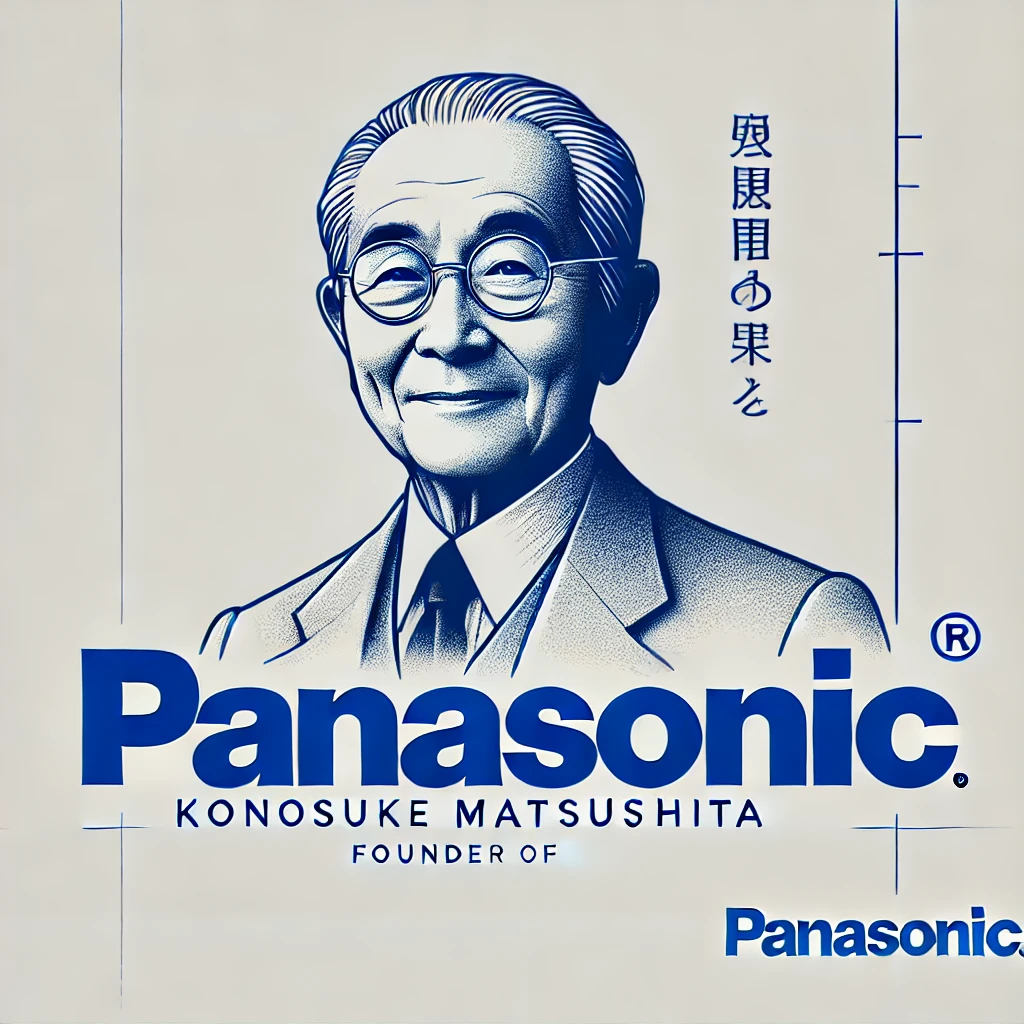
Matsushita was the first entrepreneur to create departments within the company. In 1933, he implemented the division of the team into independently managed groups according to the product being made: radio, lighting, dry batteries, wiring devices, and electrotechnical products. Today, this all seems obvious and logical, but 90 years ago, such a vision was absolutely revolutionary.
It should be borne in mind that in the early decades, Matsushita Electric Manufacturing Works did a lot of work but only within national borders, while in 1955, the founder himself started to internationalise the brand and began exporting audio products. To present itself on the international markets, Matsushita chose a symbolic name that could synthesise the qualities of the work carried out in Japan.
Thus 1955, Panasonic was born, with ‘Pan’ meaning universal and ‘Sonic’ referring to sound. Panasonic has since made its way to the West, emerging as a solid and reliable company from portable speakers to professional radios, amplifiers and microphones.
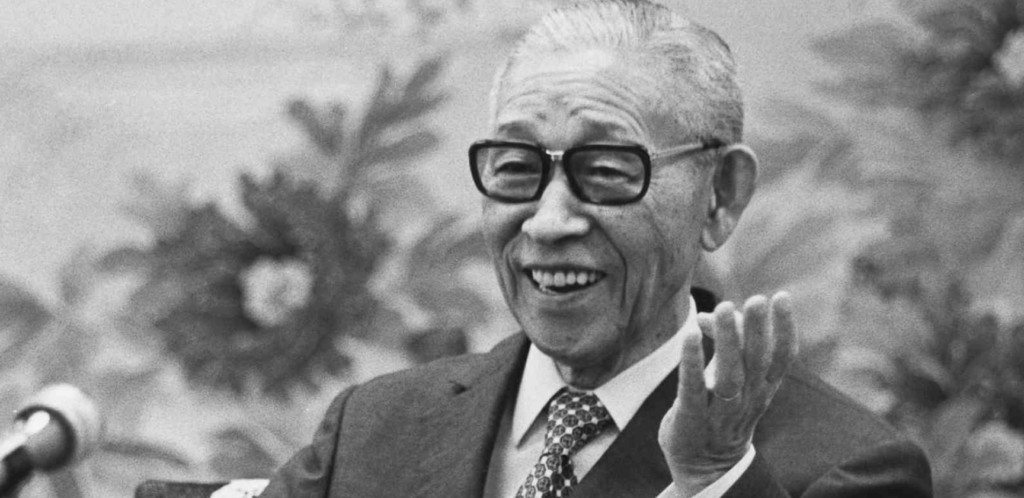
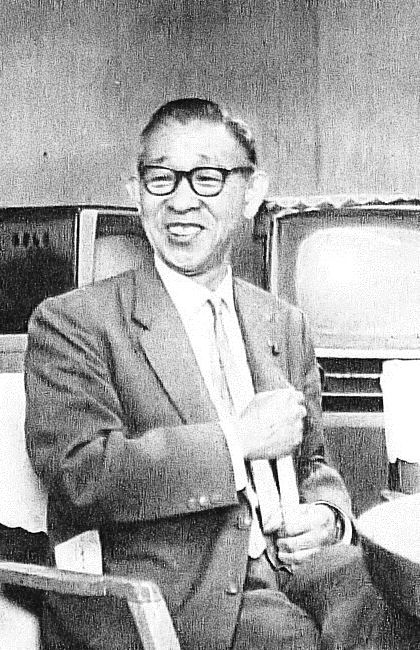
AI for the post-mortem
Panasonic thought of harnessing AI to bring him back to life so as not to dissipate Matsushita’s technical and strategic insights. Or rather, to replicate his voice and give dictates, information and lessons on the spirit that has marked the brand’s history. The material is not lacking, since after retiring from the business in 1973 at the age of 79, the founder devoted himself to writing books (no less than 44) to spread his vision and the principles on which he based his leadership.
From the dates given, however, it is clear that more and more Panasonic employees and executives have not known Matsushita over the years. Here, then, resorting to AI may be the effective solution to bring back the dictates of the old boss, replicating his communication style. Amidst writings, speeches and audio recordings, technicians from Panasonic and the PHP Research Institute, an independent think tank founded by Matsushita himself in 1946, were able to fish out data from over 3,000 files.
With a view to the future, the aim is to add to the already available information and expertise of managers who lived with Panasonic’s founder and of scholars who analysed his path so as to develop an AI capable of providing suggestions and input for managerial choices, following in the footsteps of Matsushita.
Although it is necessary to test the chatbot in the field and put it to the test with a long series of requests, Panasonic’s plan is an appreciable idea useful for developing employees and keeping its founder’s vision, style, and philosophy alive. Thus keeping tradition and innovation linked.

